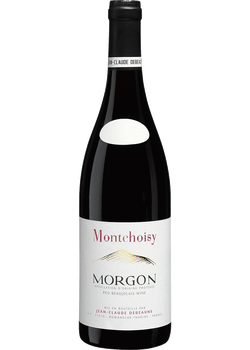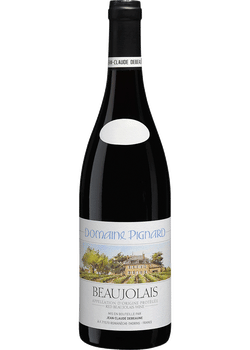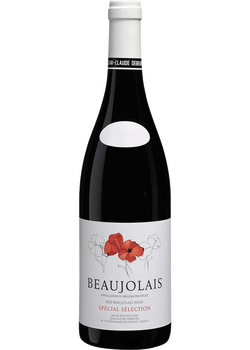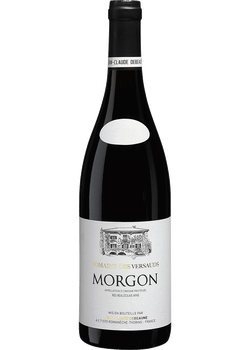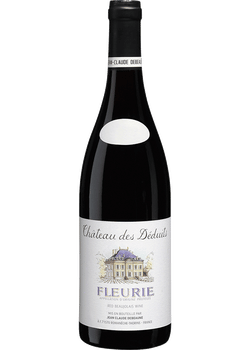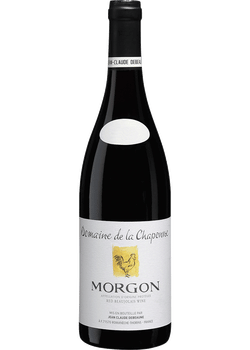The granite hills crowning the northern half of France’s Beaujolais region were long ago deemed the best place to grow Gamay grapes. These wines are meant to be enjoyed young, and often benefit from a slight chill, making them a great option for warm-weather red wine.
Pronunciation
[boh-zhuh-LAY]
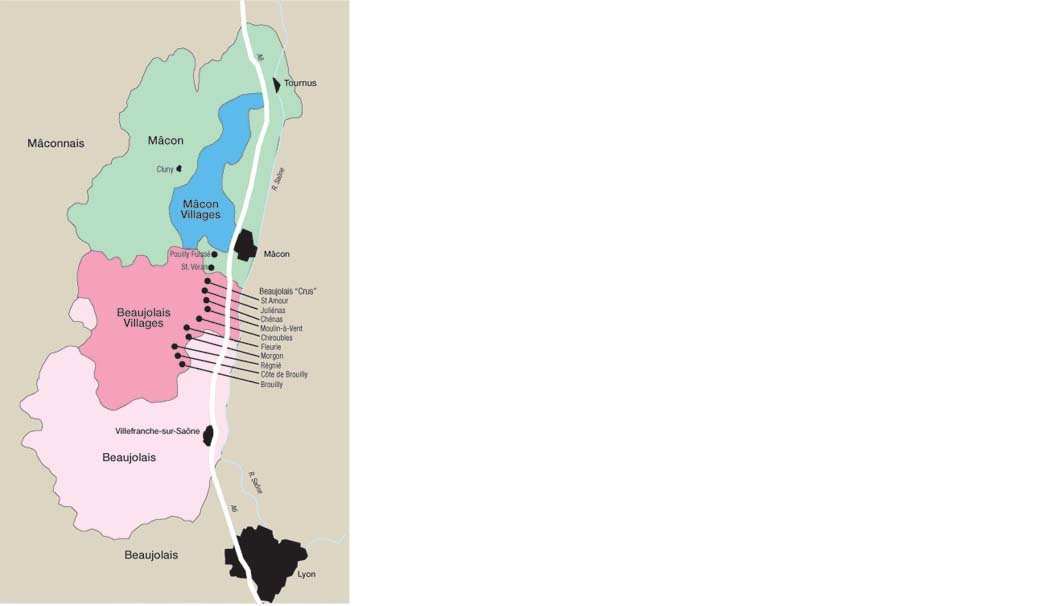
Dotted throughout the hills are 38 communes, or villages, that have been designated to produce wines in the appellation Beaujolais-Villages.
Of these villages, 10 carry a special status for producing superior wines: Cru Beaujolais. Each cru is believed to have an individual style of its own, but in general, the Cru Beaujolais wines are the most perfumed and concentrated wines of Beaujolais. The 10 crus, from north to south, are Saint-Amour, Juliénas, Chénas, Moulin-à-Vent, Fleurie, Chiroubles, Morgon, Régnié, Côte de Brouilly, and Brouilly. Cru Beaujolais wines from the northernmost areas, just south of the Burgundy wine region, are often more substantial, and better able to age, than those produced elsewhere in Beaujolais.
Many Beaujolais winemakers enhance the wine’s fruity character by vinifying Gamay grapes using carbonic maceration. In this method, the grapes are not pressed but piled into a vat. The grapes at the bottom are crushed by the weight of the grapes on top. This juice ferments, and eventually causes fermentation to begin inside the skins of the unbroken grapes. The resulting wine is fresh, fruity, and low in tannins.
The process is key to the production of Beaujolais Nouveau, which is bottled and released promptly each fall as the first wine of the year’s harvest. Fresh and grapey with some tropical flavors, it’s enjoyed on Beaujolais Nouveau Day – the third Thursday in November – as a hint to how the more serious wines of the vintage may eventually turn out, and a festive start to the holiday season.
